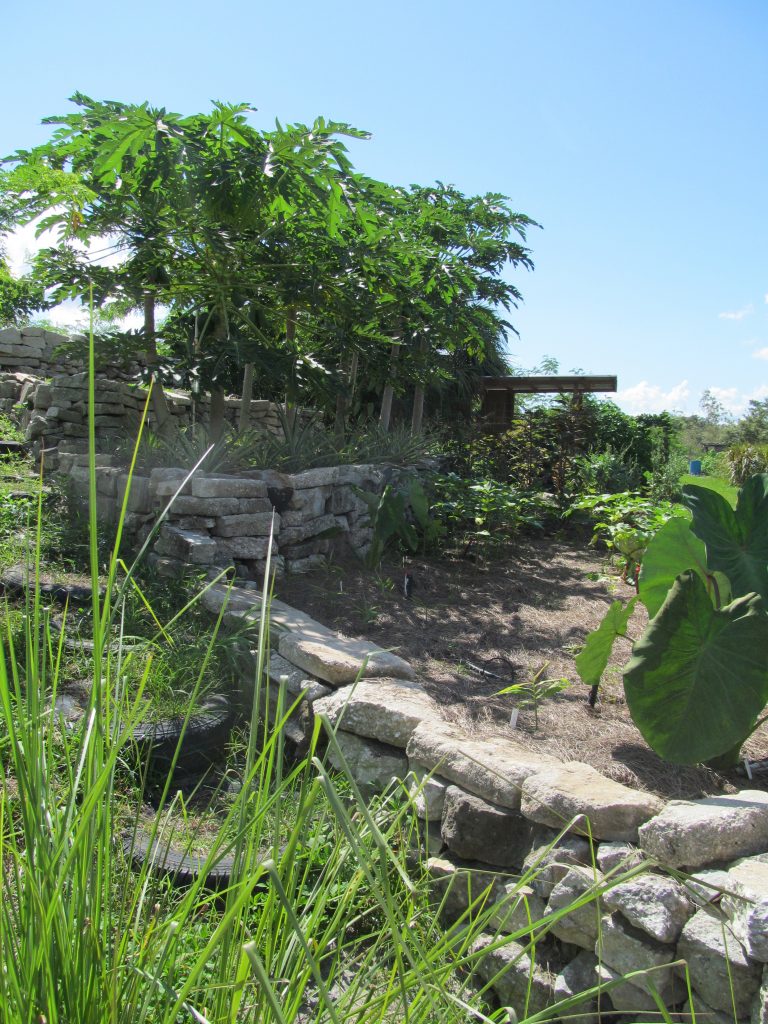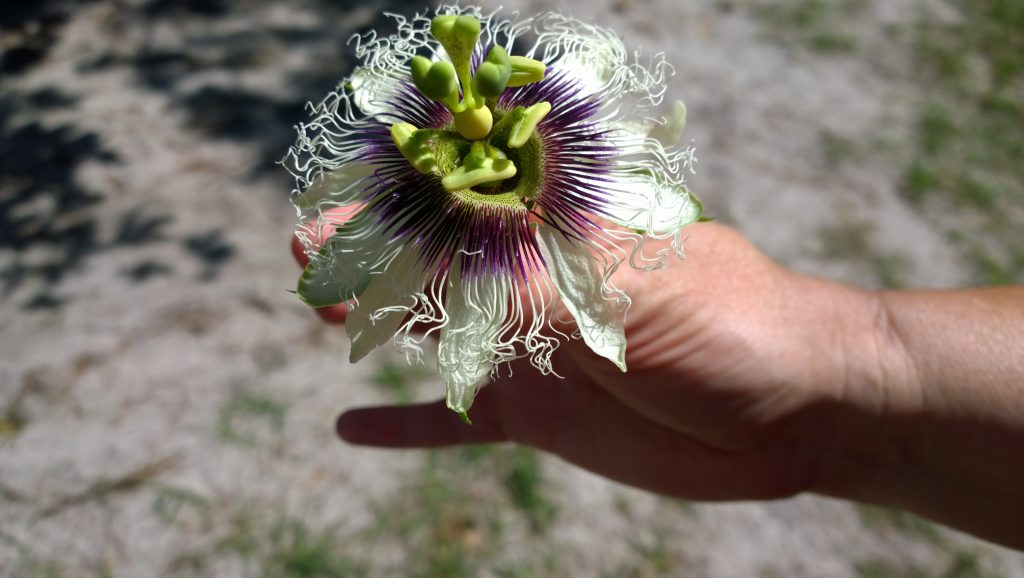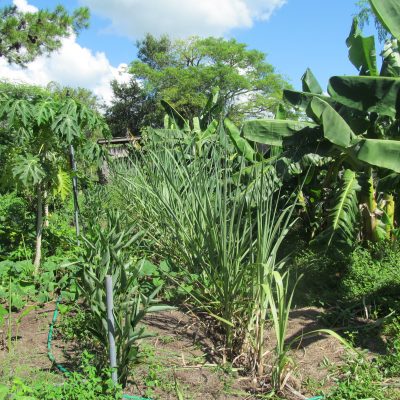By Jennifer Schrock–My initial encounter with the Orange County Convention Center in Orlando was a bit eerie. It was the 4th of July, and I was looking for the registration area for the Mennonite Church USA biennial convention.
I approached the white façade shown in photographs, but found the exterior deserted and the doors locked. After a few dead ends, I did find my way into the chilly interior, where I looked in vain for a shop, a staff person, a potted plant or other life form.
Had I missed the rapture? Had I fallen down a wormhole into a dystopian novel set in the 23rd century? What was I—what were we—doing here?
If I’d done my homework, I might have known I was approaching the wrong end of the second largest convention center in the world, and that possibly as much as seven million square feet lay between me and the nearest Mennonite. After an extended hike, I did find my people, and the place seemed more manageable. But it wasn’t the Florida I’d hoped to encounter.

Meeting the Global South
That’s why I was so grateful for Andrew Hudson’s offer to lead a field trip to HEART Village. HEART is an organic farm and training center for people planning to minister in the Global South and Andrew—an organic farmer and pastor from Sarasota, FL—is a big fan.
“HEART is an incredibly important place because it is a village of people all practicing what it means to live on the land,” Andrew told us on the one-hour drive up Route 4. Students of all ages come to the 40-acre demonstration farm for a 15-week program designed to acclimate them to life in the rural Global South–and in community. They manage without electronics and learn practical skills such as gardening, small animal husbandry, village health care and cross-cultural skills. A nutrition lab and cooking classes turn unfamiliar crops into nutritious meals.
For many students, the shift from Northern concepts of the seasons is a learning curve as well. In Florida, the agricultural season is October to May. The summer is too hot, too wet and too friendly to diseases to grow much. Tropical crops such as avocados and perennial greens don’t even have a harvest time; you just pick them when ready.
Originally from Portland, Ore., Andrew knows firsthand how hard it is to shake the idea of spring planting and autumn harvests: traditions people of European descent have embraced for centuries and reinforced with Bible stories. He’s seen a woman cry while describing what it’s like to make this shift. He’s seen Florida children who think of the seasons the way they are portrayed in the media up north, and he’s been part of an Eat Local Week in Sarasota that takes place in the fall. “It’s very hard to get local food for Eat Local Week,” Andrew told us with a wry grin.
A vitamin-packed feast
Despite the July timing of our visit, HEART Village was a lush jumble of green where many of the 150 crops grown were in evidence. Many were perennials, commingled or grown in small patches. One would never guess that the soil here is coarse, sandy stuff that Andrew described as some of the worst you can find. Also see our FB album.

Josh Jamison, who has served as gardens manager for the past seven years, led us on a lightning tour of the species and agricultural strategies that HEART introduces to its students. The names of the plants alone were a literary feast: peanut butter fruit…snowflake tree…cranberry hibiscus…Seminole pumpkin…betel leaves…strawberry tree…velvet bean…Josh followed up his descriptions with offers of tastes—often of plant parts we Northerners wouldn’t have recognized as food.
“I never ate so many leaves,” one of us commented on the ride home.
Since addressing hunger is part of what HEART is about, it is not surprising that Josh’s tour was peppered with nutritional facts. A single Barbados cherry has ten times a person’s daily vitamin C needs, he told us.
Moringa leaves received a top rating because they can be made into a powder that is loaded with vitamin C, vitamin A and protein—an excellent for the chronically malnourished and the many children still at risk for blindness due to vitamin A deficiency. Yams, meanwhile, are a food security crop. People leave them in the ground until needed, where they can grow as large as 140 pounds.

Papaya is an example of a plant that can serve many purposes. This fast-growing, productive tree will produce 75 pounds of fruit in a year. If harvested green, the fruit can be shredded into salads or soups like zucchini. The leaves are a good malaria prophylactic and the seeds are good for intestinal parasites. Papaya also contains a compound useful for tenderizing meat.
Terraces and Rooftops
The HEART gardens demonstrate strategies as well as species. Josh was well versed in the merits of cover crops such as cowpea, velvet bean and jack bean. The latter pushes the limits of drought tolerance, able to survive a hundred days without rain. A mountain garden with stone terracing was a recent addition. Another area simulated an urban rooftop with crops grown in large planters. Bananas and sugar cane grew in depressions in order to concentrate moisture and nutrients. Meanwhile, the HEART pigs were raised Southeast Asian style, with a dirt floor for the pig to root in and bury its own waste.

Our favorite taste came from the food forest where crops such as bananas, sugar cane and arrowroot mixed in a demonstration of tropical agro-forestry. Josh showed us the dramatic flower of the passion vine growing up a pine tree and let us savor its distinctive fruit. The flavor and texture are difficult to describe, but it was the most delicious orange ooze I have ever had.
We returned to our air-conditioned van, leaving Josh to keep cool via his hourly dip in a water tank. Some of us were humbled by our ignorance of the food properties of plants in our own regions; others saw hope in the wide range of edible plants we had encountered.
I was grateful for the people who had come along on this adventure, their contributions to a more sustainable planet and the conversation that flowed between us. Andrew had given us the latest on the Coalition of Immokalee Workers fighting for just wages in the Florida tomato fields. We’d also learned about Ray Martin’s long history with international development work; Kathy Yoder’s passion for school gardens; Cecilia Lapp-Stoltzfus’ desire to contribute to well-planned urban communities; Paula Stoltzfus’ work with her congregation; and Phoebe Sharp’s evocative, place-based name.
As we pulled up at the convention center, I dug out a sweater and prepared to forage for lunch in a very different ecosystem. Also see our FB album.
